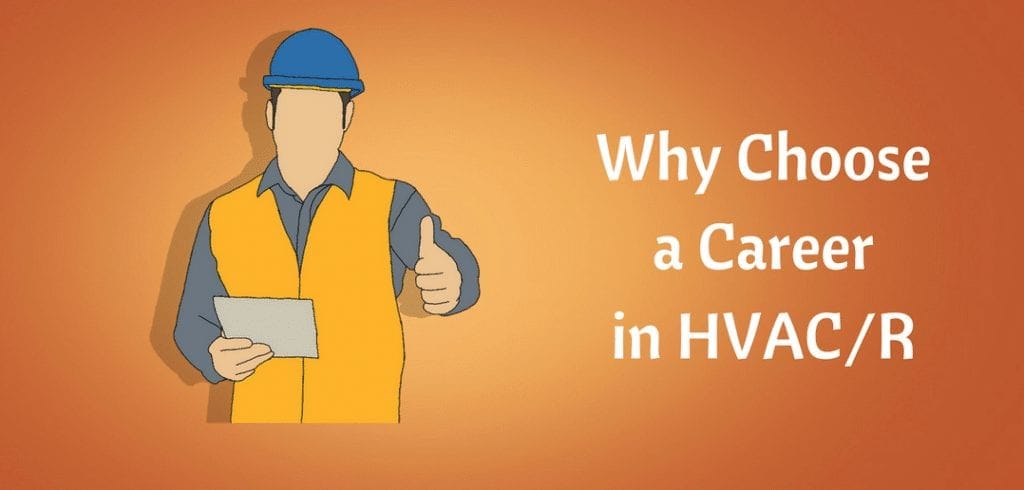Normal Pitfalls To Avoid In The Setup Of Warmth Pumps
Normal Pitfalls To Avoid In The Setup Of Warmth Pumps
Blog Article
Created By-Harper Crosby
When installing a heat pump, you should avoid common blunders that can jeopardize its effectiveness. Overlooking correct sizing might result in inadequacies and higher energy prices. Overlooking insulation and sealing can result in power waste and strain on the system. Moreover, placing the outdoor device inaccurately may influence its performance. By preventing these errors, you can ensure ideal operating and sturdiness of your heat pump system.
Improper Sizing of Heat Pump
When it pertains to the installation of heat pumps, among the most common errors is improperly sizing the unit for your space. Guaranteeing the best dimension is important for optimum efficiency. If https://news.topwirenews.com/2021/05/30/breeze-maxx-reviews-does-breezemaxx-portable-air-conditioner-really-work-as-advertised_20234/ is also tiny, it will struggle to warm or cool your room successfully, bring about increased energy expenses and possible damage on the unit.
On the other hand, if the heatpump is as well big, it will certainly cycle on and off often, causing temperature level changes and lowering its lifespan.
To avoid this error, it's necessary to have a specialist analyze your area and advise the proper dimension of the heatpump based on elements like square footage, insulation, ceiling elevation, and regional environment. By spending the moment and initiative to make certain the right sizing, you can enjoy a comfortable environment while making best use of power performance and extending the life-span of your heat pump.
Inadequate Insulation and Sealing
To make sure the efficient operation of your heatpump, it's vital to attend to insufficient insulation and sealing in your room. Proper insulation helps keep a consistent temperature level indoors, reducing the work on your heatpump. https://nevercleanyourguttersagai62839.vblogetin.com/36806689/how-to-figure-out-the-correct-heatpump-dimension-for-your-home-an-easily-accessible-overview can lead to energy loss, making your heat pump job harder and less effectively.
Securing any voids or leaks in your area is equally crucial. https://besthomewindowcleaner40516.blogscribble.com/31254782/ideas-that-your-heatpump-wants-fixing-vital-indications-to-be-aware-of enable conditioned air to leave and outdoor air to permeate in, requiring your heat pump to make up for the temperature variations.
Inaccurate Placement of Outdoor System
Attending to the positioning of your heat pump's outdoor device is vital to enhancing its performance. Setting up the outdoor unit in a wrong location can result in performance issues and prospective damages to the unit.
One typical blunder to stay clear of is placing the outside unit also near a wall or various other structures. This can restrict airflow, causing the unit to work more challenging to heat or cool your space, ultimately lowering its performance and lifespan.
Another error to steer clear of is positioning the outside system in straight sunlight. While some sunshine is unavoidable, extreme direct exposure can cause overheating, especially during hot summer days. It's ideal to place the exterior unit in a shaded location to aid preserve its ideal operating temperature.
In addition, make sure that the exterior device is positioned on a stable and level surface area. Irregular ground can trigger vibrations and unneeded pressure on the unit, impacting its efficiency in time.
Final thought
To conclude, staying clear of usual errors during heatpump installation is vital for optimizing efficiency and durability of your system. By making sure appropriate sizing, appropriate insulation, sealing, and appropriate positioning of the exterior system, you can protect against problems such as inefficiencies, increased power expenses, and pressure on the unit. Taking the time to address these crucial factors will eventually save you money and time in the long run.
